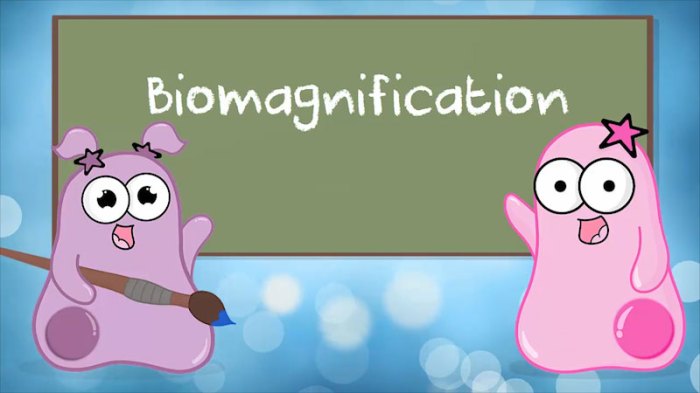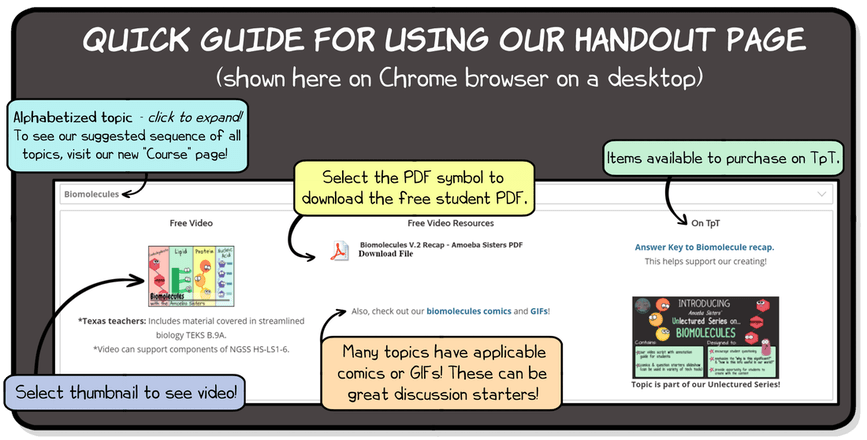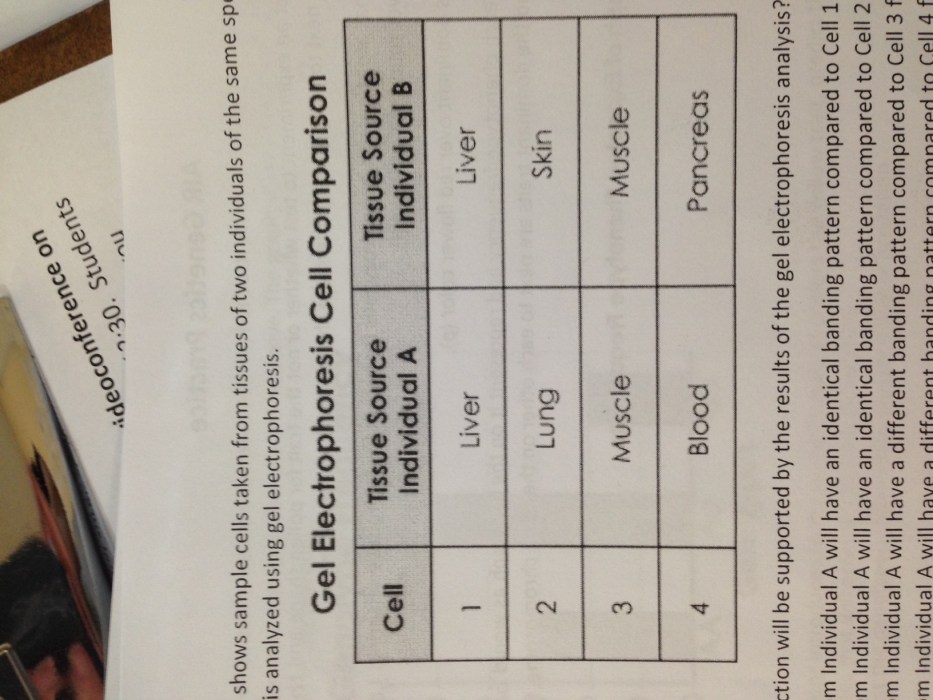Introducing the Amoeba Sisters Biomagnification Answer Key, an invaluable resource that unlocks the intricate workings of biomagnification within environmental science. Through engaging videos and comprehensive explanations, the Amoeba Sisters empower learners to grasp the profound implications of this phenomenon on ecosystems and human well-being.
Delving into real-world examples and practical strategies, this answer key illuminates the significance of understanding biomagnification for safeguarding our planet and ensuring the health of future generations.
Definition of Biomagnification

Biomagnification is a phenomenon in environmental science that describes the increasing concentration of toxic substances in organisms as they move up the food chain.
This occurs when organisms consume prey that have already accumulated toxins, and the toxins are then stored in their own bodies. Over time, the concentration of toxins in higher-level predators can reach levels that are harmful or even fatal.
Examples of Biomagnification
- Mercury in Fish:Mercury is a heavy metal that can accumulate in fish tissue. As larger fish consume smaller fish, the mercury concentration in their bodies increases.
- DDT in Birds:DDT is a pesticide that was widely used in the past. It accumulates in the fatty tissues of birds, leading to reproductive problems and eggshell thinning.
Role of Amoeba Sisters in Understanding Biomagnification

The Amoeba Sisters are a popular educational YouTube channel that has created videos explaining biomagnification in a clear and engaging way.
Examples from Amoeba Sisters Videos, Amoeba sisters biomagnification answer key
- In their video “Biomagnification: The Scary Truth,” they use the example of mercury accumulation in fish to illustrate the process.
- In “DDT: The Pesticide That Almost Killed the Bald Eagle,” they explain how DDT caused eggshell thinning in birds, leading to a decline in their populations.
Examples of Biomagnification in Real-World Scenarios
There are numerous real-world examples of biomagnification that have had significant impacts on human health and the environment.
Consequences of Biomagnification
- Mercury Poisoning:Mercury poisoning can cause neurological damage, developmental problems, and reproductive issues.
- DDT and Cancer:DDT has been linked to an increased risk of cancer in humans.
Methods for Reducing Biomagnification: Amoeba Sisters Biomagnification Answer Key

There are several strategies that can be implemented to reduce biomagnification and protect human health and the environment.
Strategies for Mitigation
- Reducing Chemical Use:Limiting the use of toxic chemicals, such as mercury and DDT, can reduce their accumulation in the environment.
- Pollution Controls:Implementing pollution controls, such as air and water filtration systems, can prevent the release of toxins into the environment.
Case Studies
- The Great Lakes Water Quality Agreement has been successful in reducing mercury levels in fish in the Great Lakes region.
- The Stockholm Convention on Persistent Organic Pollutants has led to a global ban on the production and use of DDT.
Importance of Understanding Biomagnification
Understanding biomagnification is crucial for environmental conservation and human well-being.
Ignoring or underestimating the effects of biomagnification can lead to serious consequences for both the environment and human health.
Question Bank
What is biomagnification?
Biomagnification is the process by which certain substances, such as pesticides or heavy metals, accumulate and increase in concentration in living organisms as they move up the food chain.
Why is biomagnification a concern?
Biomagnification can pose significant risks to human health and the environment. As substances accumulate in organisms, they can reach toxic levels, disrupting biological processes and causing adverse effects on ecosystems.
What are some examples of biomagnification?
Examples of biomagnification include the accumulation of mercury in fish or DDT in birds. These substances can accumulate in the bodies of organisms over time, leading to harmful consequences.
What can be done to reduce biomagnification?
Strategies for reducing biomagnification include reducing the use of certain chemicals, implementing pollution controls, and promoting sustainable practices.
Why is it important to understand biomagnification?
Understanding biomagnification is crucial for environmental conservation and human well-being. By recognizing the potential impacts of this phenomenon, we can take steps to mitigate its effects and protect the health of our planet and its inhabitants.